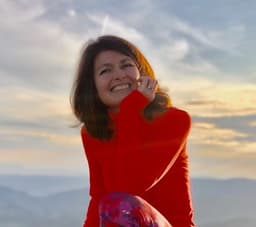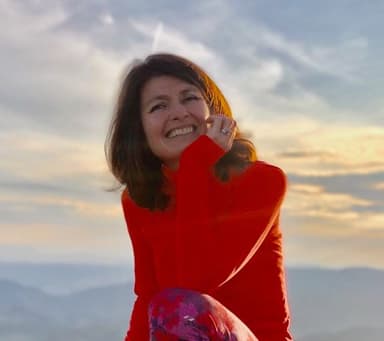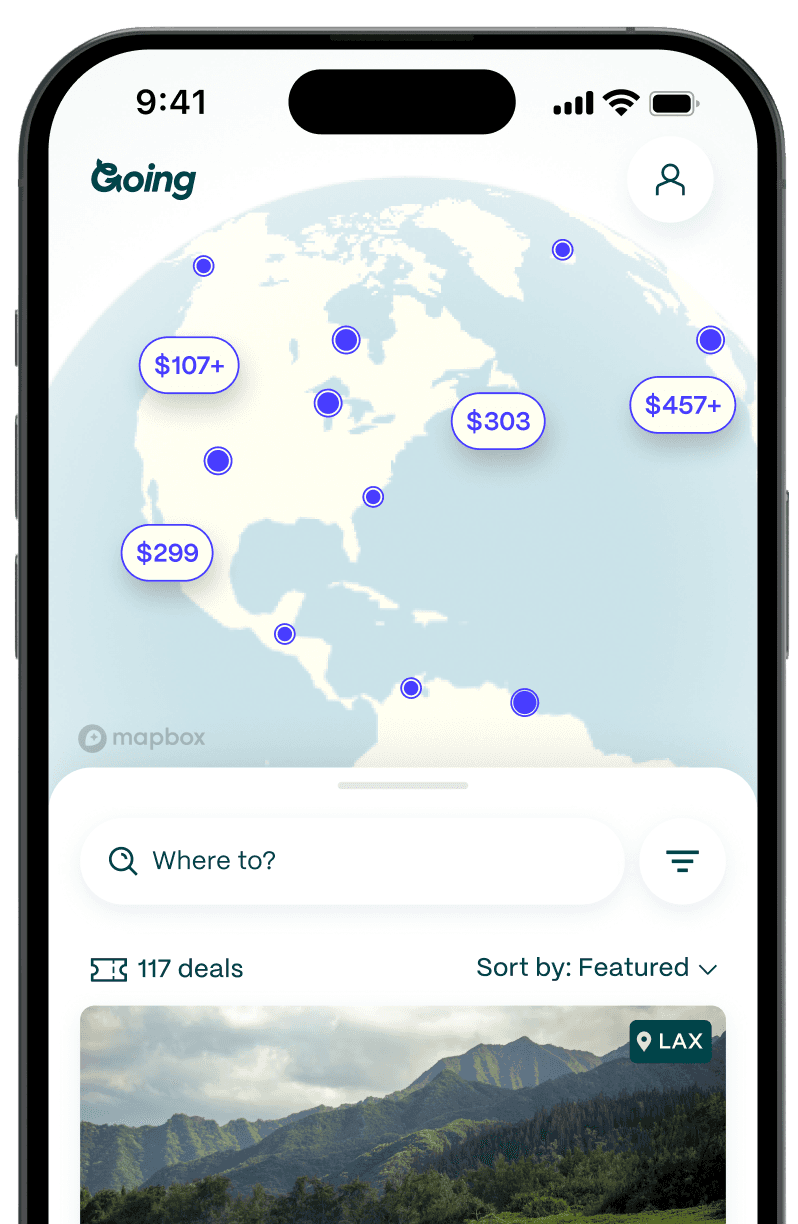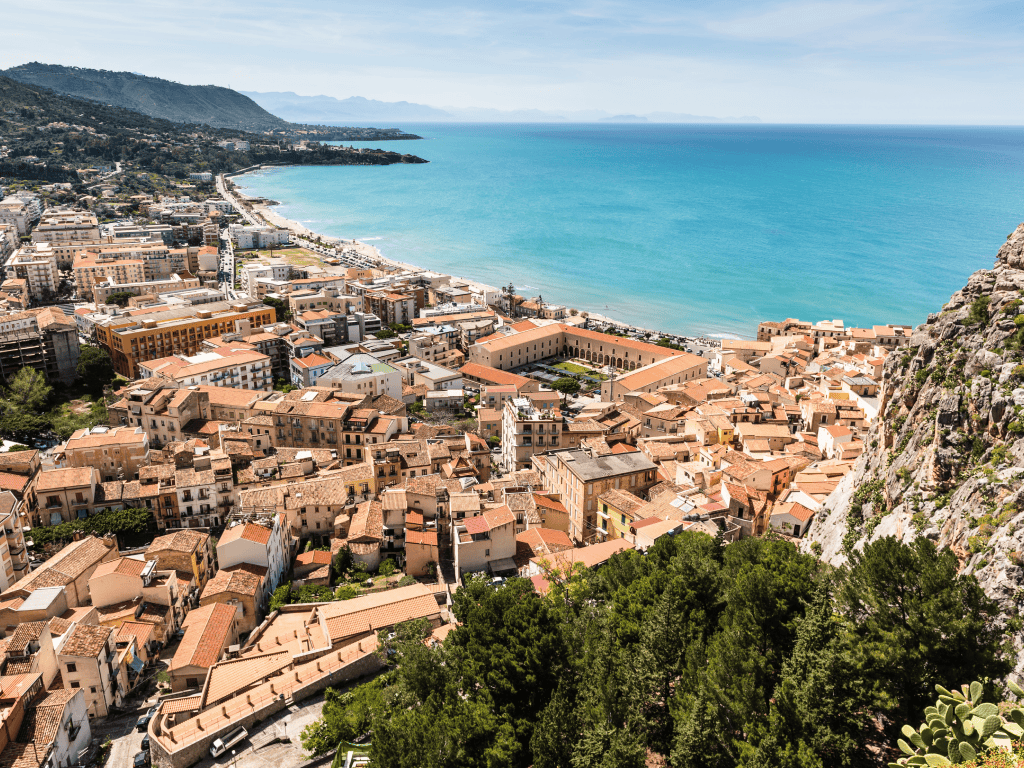
Sicily: The Italian Island That Mixes Mediterranean and Arab Influences
The largest island in the Mediterranean, triangular-shaped Sicily is one of the lesser-populated of Italy’s 20 regions. It also has the country’s highest unemployment rate (18.7%) after Naples and Campania. Away from the cities and sumptuous holiday villas and five-star resorts of Taormina, Noto, Panarea, and other glamorous tourist-driven hotspots, work opportunities are scarce, and humble, multi-generational farms are abundant.
A mesmerizing melting pot of peoples, cultures, and cuisines, both past and present, Sicily is, first and foremost, a destination shaped by its diverse topography and climate. It is a land of extremes in the shadow of the burning Mediterranean sun and Europe’s largest active volcano. It is a spellbinding part of Italy where snow lingers on mountain peaks from December to April, and the hot Scirocco wind blows in from North Africa in spring and fall, parching the land and provoking the occasional dust storm in March and November more typical of the Sahara than Sicily.
Ancient Greeks and Phoenicians conquered parts of Sicily in the 8th and 9th centuries BC, and Arabs tamed the island’s wild landscapes in the Middle Ages with new agricultural techniques, architectural splendors, and Islamic rule. To this day, the multi-layered cultural heritage of Palermo—one of the greatest cities in the Arab world, second only in size to Constantinople when invading Normans arrived in the 11th century—contrasts powerfully with the primeval landscape of Sicily’s remote outer islands. The fact that some, like the little-known Pelagie islands, are geographically closer to Tunisia than the rest of Italy only heightens the cross-cultural allure.
On set
With 920 miles of coastline wrapped around pristine mountains and smoldering Mt. Etna, Sicily’s immense natural beauty has not bypassed Italian and foreign filmmakers.
The variety of landscapes alone assures an unmatched screen presence. There’s the ink-black Alcantara gorges formed 4,500 years ago by Etnean lava between the east coast towns of Catania and Messina by the Ionian Sea. There are volcanic islands, including Stromboli, where Roberto Rossellini shot his same-name film starring Ingrid Bergman in 1950, off the northern Tyrrhenian Coast. And between Trapani and Marsala on the western Mediterranean coast, salt pans and vineyards dot the land.
Excitement is high for 2023’s Indiana Jones movie shot in Sicily, and HBO’s The White Lotus (shot at the Four Seasons San Domenico Palace) has made Taormina a hot destination for this year. But nothing can knock Francis Ford Coppola’s iconic Godfather trilogy off its cinephile pedestal for Sicily, culminating in the shooting scene on the steps of Palermo’s Art Nouveau opera house.
Centuries of ancient drama

It’s no coincidence Sicily safeguards some of the world’s best-preserved ancient monuments outside Greece: the island’s strategic three-sea location made it a prized catch. Over the centuries, the island was fought over and conquered by Phoenicians, Greeks, Romans, Saracens, Normans, Angevins, and Spanish before becoming part of Italy in 1860.
Corinthians from southern Greece colonized southeast Sicily from 730 BC. Five centuries later, they defended the temple city of Syracuse from invading Romans with catapults, claws, and other cunning weaponry engineered by Archimedes. In the west, the hilltop archaeological site of Segesta was an Elymian stronghold until 307 BC when Greek tyrant Agathocles plundered its unfinished Doric temple and killed the male population.
Tragedies still unfold in well-preserved Greek amphitheaters in Syracuse and Segesta during summer festivals: modern theater, dance, and music performances at the Segesta Teatro Festival (August) and classical Greek plays at Syracuse’s Teatro Greco (mid-May to early July) attract audiences of several hundred.
Market to mouth

Born from a sun-rich climate and ethnically mixed ancestry, the Sicilian kitchen remains faithful to its roots. Wild caper and fennel have always peppered hillsides, and the Greeks cultivated olives, grapes, apples, figs, and pomegranates.
In the 9th century, Saracen traders arrived from North Africa with lemons, artichokes, almonds, pistachios, and eggplants, which were later incorporated into Sicily’s signature caponata (chopped fried eggplant with tomato, onion, and capers) and pasta alla Norma (pasta with tomatoes, basil, ricotta, and eggplant). They also cooked up couscous in Trapani and traded at Palermo’s Mercato del Ballarò, which still stands today more than 1,000 years later.
The capital’s oldest outdoor market remains a window into Sicily's culinary traditions. Here you'll find barbecued seafood and stigghiola (skewers of lamb or goat intestines), rice-packed arancini the size of golf balls, crunchy cannoli oozing creamy ricotta, and other favorite Sicilian street food.
An islander’s invitation to slow down

The story of Sicily’s archipelagos is one of adversity, resilience, and instinctive slow living. Such is the strength of the gale-force Scirocco wind on rain-starved Pantelleria and the Pelagie islands that farmers plant their vines, capers, and orange trees in deep hollows sheltered by high dry-stone walls.
Off Sicily’s northern shore, seven ancient submerged volcanoes form the Aeolian archipelago, safeguarded as UNESCO World Heritage because of its longstanding value to the study of volcanology; two specific types of volcanic eruptions—vulcanian and strombolian—are named after the archipelago’s twinset of remaining active volcanoes on the tiny island of Vulcano and black-sand island Stromboli. Cars are banned on the latter; bare-footed islanders get around in three-wheeled Apes (tiny trucks named for the Italian word for “bee” for their buzzing sound), by moped or on foot.
Local lore claims the curtain rose on Homer’s epic Odyssey in the Egadi islands—five dots of mountainous land (two uninhabited, assuming rare Mediterranean Monk seals don’t count) off Sicily’s western shore. On Levanzo, the smallest of these islands, Neolithic cave drawings dating back 6,000 years inside the Grotta del Genovese evoke prehistoric tuna fishing, practiced until 2007 when the last mattanza (mass tuna killing) bloodied the waters around Favignana. Locals on this neighboring island—the largest in the archipelago and still small at less than three miles at its widest point—now make a living from smallholder farming (consider a farmhouse lunch at Terre del Favonio) and tourism generated by its 19th-century tuna cannery-turned-museum, scenic cycling, and shoal of paradise beaches stitched from gin-clear water made for snorkeling, soft golden sand, or sun-drenched rocks.
Art from ancient to contemporary
In the 4th century CE, mythology-fervent Romans crafted elaborate floor mosaics at the luxurious villa of a Roman governor, Villa Romana del Casale. And in the 12th century, Normans called upon Byzantine artists to narrate biblical tales in colored glass and gold at Monreale cathedral and Palermo’s Cappella Palatina. But even long before then, art has been in the Sicilian lifeblood. These islanders have always had a story to tell.
For contemporary Sicilian street artists like Tutto e Niente, Rosk & Loste, and Andrea Buglisi working in Palermo, murals such as “Muro della Legalità” (2022) depicting 26 personalities who died fighting the Mafia, are an anti-Mafia call to arms. In the regenerated Cantieri Culturali alla Zisa, contemporary-art exhibitions curated by Turin’s prestigious Fondazione Merz foster dialogue on immigration, conflict, poverty, and other urban issues. The stage: former factory-turned-edgy arts center ZACentrale.
In bed with a volcano

Despite it being below Europe’s largest active volcano, the flanks of fiery Mt. Etna above Catania in northeast Sicily are home to 20% of Sicily’s population. This densely populated area might only notch up 7% of the island’s total landmass, but Mama Etna’s ash-rich volcanic soil bequeaths locals with an abundance of natural riches: vineyards and almond farms, and pistachio, lemon, blood-orange, and chestnut groves.
A warming climate is seeing Etna farmers trialing new crops like mango, kiwi, papaya, avocado, and even bananas and coffee plants. Peruse local produce at the monthly Earth Market in Catania to meet, taste, and shop. On the flip side, Etna occasionally explodes—most recently in January 2023, and most famously in 1669 when 14 towns and villages were destroyed and thousands killed. Activity levels of Etna’s four active summit craters are rigorously measured to ensure the safety of the thousands of volcano curios who hike on its slopes each summer. From the Rifugio Sapienza, a cable car whisks visitors up to 8,200 feet, from where climbing to the summit at 11,010 feet—snow-covered in winter—is only allowed with an authorized guide.
Not just Italy’s largest wine region

The Phoenicians brought grape vines to Sicily around 1000 BC, and the Greeks followed with well-honed wine-making techniques. Viticulture has flourished ever since. Not only do Sicily’s vineyards—98,992 incredibly diverse hectares stretching from sun-scorched seashore to chilly, high-altitude mountains—form Italy’s largest (by area) wine-producing region. Winemakers in its 500-odd wineries are among Europe’s most innovative.
The Firriato winery near Trapani in western Sicily became Italy’s first certified carbon-neutral winery in 2019 and aims for a negative emissions balance by 2025. Island-wide, 34% of vineyards are dedicated to organic and/or natural wines. The harvest of its 65 different varietals (Nero d’Avola, Frappato, Grillo, Catarratto, and Zibibbo are among the most prevalent) uniquely spans five months, climaxing in November on Mt. Etna, where vines are planted on steep stone terraces straddling old lava flows.
The green heart of the matter
Inland, a different world awaits: green, serene, and far removed from the summer crowds. Arranged around Sicily’s second-highest peak, Pizzo Carbonara (6,493 feet), the deeply rural Parco delle Madonie regional park cradles medieval hamlets, mystical forests, and mountain pastures where shepherds craft ricotta cheese over open wood fires.
The mountain climate can be harsh: temperatures in summer scarcely rise above 68ºF, and in winter, can plummet to a bone-chilling 14ºF at night. Villagers forage sap from ash trees to sweeten mannetto (manna resin cake) and celebrate wild mushrooms with a festival each October in Castelbuono. Potters cast urns and tin-glazed majolica tiles in Polizzi Generosa like their ancestors did 2,500 years ago. Moving east, Sicily’s most abundant rainfall cloaks the seemingly endless 212,510 acres of the neighboring Parco dei Nebrodi—an equally isolated time warp—in rich mountain green.
Join Going and get cheap flights to Palermo, and around the world.
More destinations in Italy:
Last updated December 19, 2023
Articles you might like
View All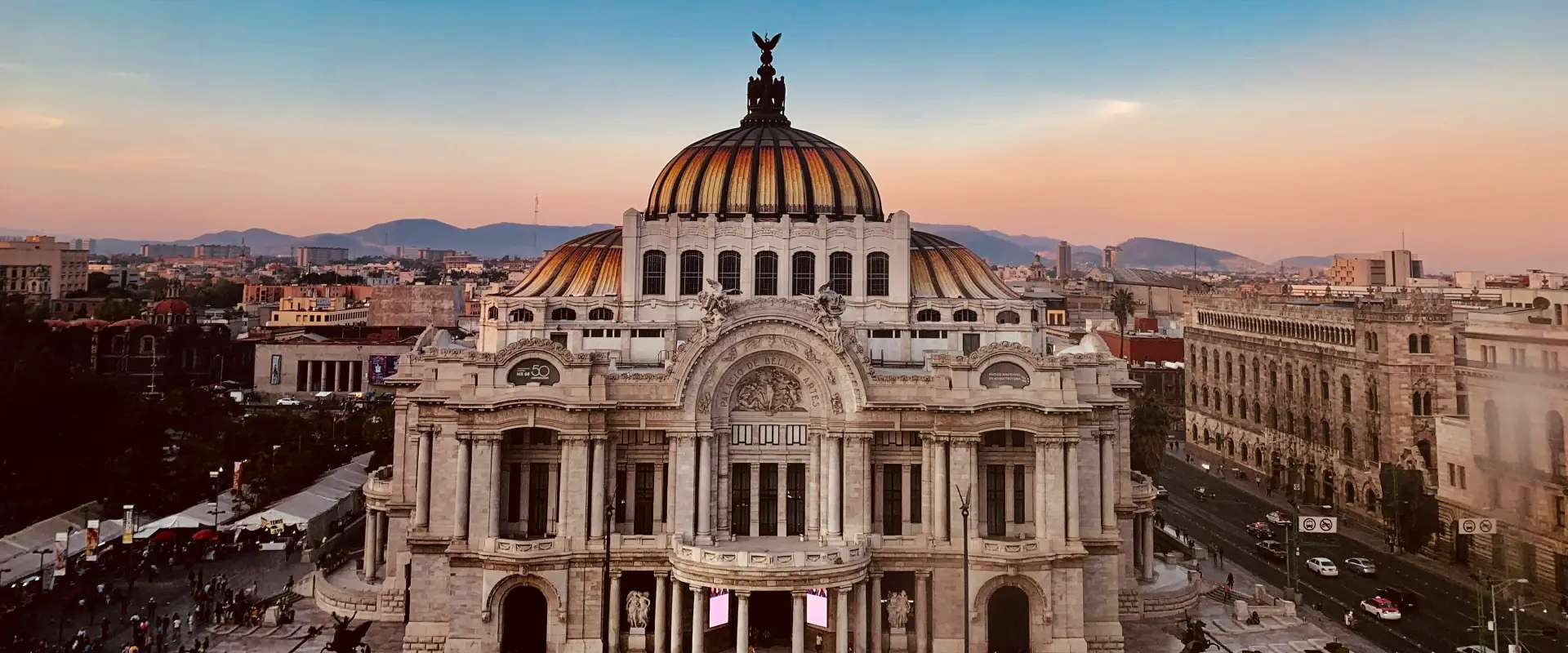
Our Favorite Things to Do in Mexico City: Hidden Gems and Must-See Spots in the Heart of the Capital
Dec 17, 2025
9 min read
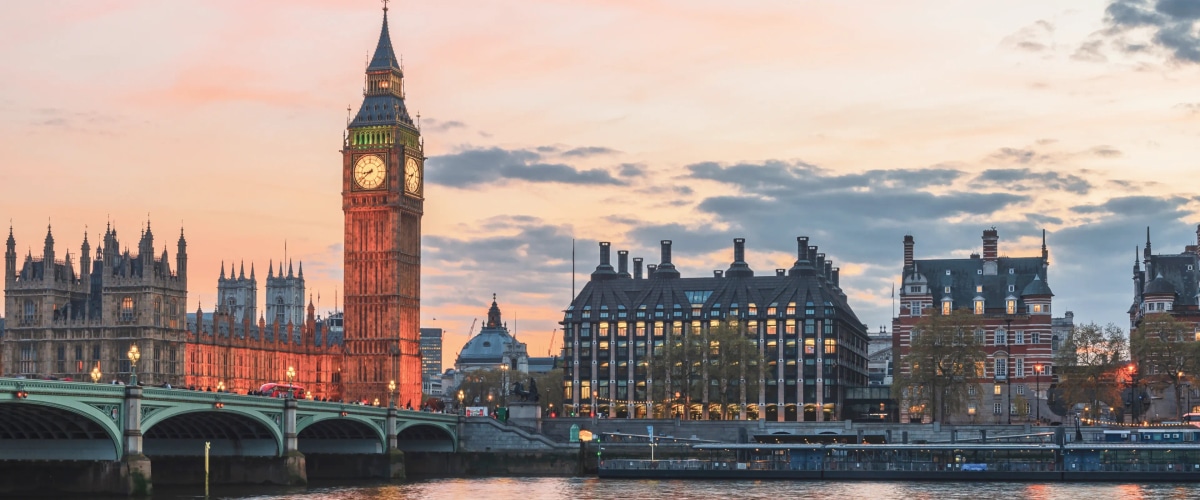
Things To Do In London: Classic & Hidden Spots For a Complete Trip
Dec 16, 2025
13 min read
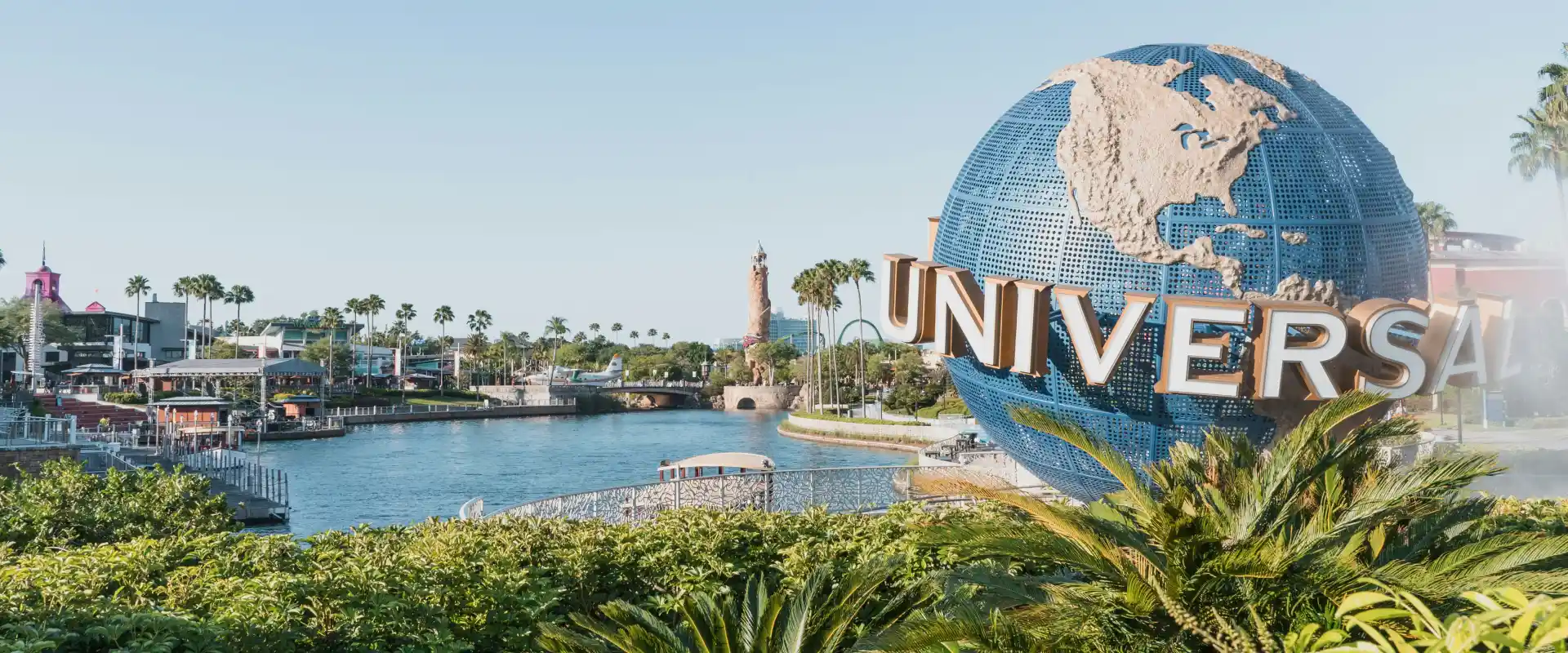
Things To Do in Orlando: The Ultimate Guide
Dec 9, 2025
10 min read
